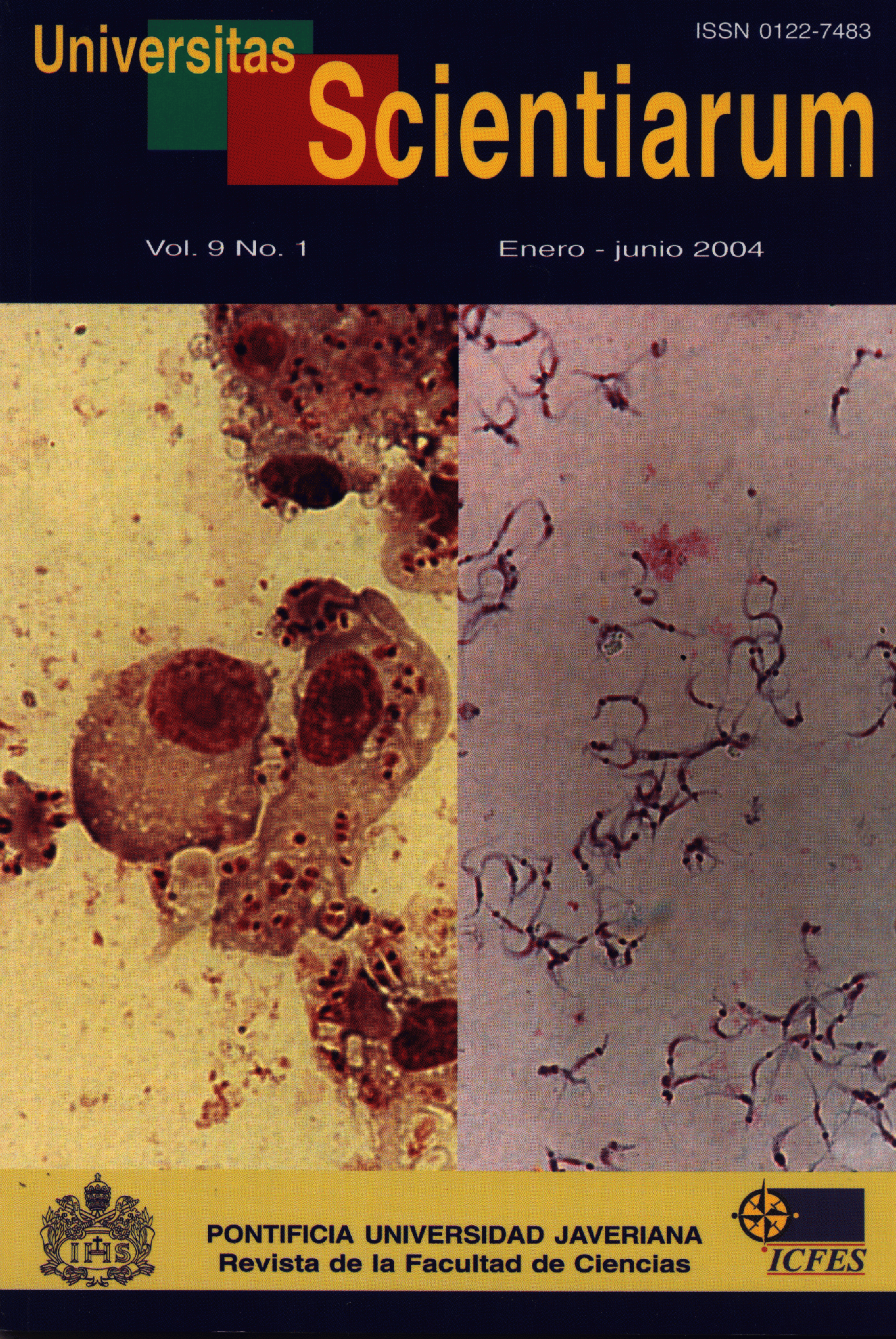Abstract
Wastewater treatment produce sludge as a by - product. Its characteristics depends of the wastewater origin and the treatment used for its depuration. Disposition of this material in agriculture, soil recuperation, reforestation and building materials are alternatives of biosolids disposal in landfilling, dumping to the sea or incineration. The application of biosolids in agriculture is conditioned not only to indicator microorganisms and pathogen concentrations, but also to the presence of toxic substances and heavy metals. The objective of this study was to determine the concentration of fecal coliforms (indicators of bacterial contamination), somatic phages and F- specific phages (indicators of viral contamination) and viable helminth eggs (indicators of parasitological contamination) in biosolids produced in a domestic wastewater treatment plant, stabilized by mesophilic anaerobic digestion. The geometric media concentrations of bacterial and viral indicators are 1,6 x 105 UFC/g dry weight for fecal coliforms, 5,0 x 103 PFP/g dry weight for somatic phages and 7,9 x 101 PFP/g dry weight for F-specific phages.
The concentration of viable helminth eggs were 0.14/4g peso seco. Ascaris sp eggs presented the higher percentage of viability together with no human origin eggs (Capillaria sp, Dicrocoelium sp and Stephanarus sp… etc.). According to EPA/625/R-92/013 (1999) decree, which regulate control of pathogens and vector attraction in sewage sludge, this sludge is classified as type B due to fecal coliforms concentration (<2 x 106 UFC/g total solids). However, viable helminth eggs concentration in biosolid is less than 1 viable egg /4 g dry weight, classified as type A sludge (authorized for all uses). Although the determination and quantification of somatic phages and F-specific phages are not proposed in the EPA/625/R-92/013 (1999) decree, concentrations of this microorganisms in biosolids suppose the possible presence of enteric virus in the analyzed samples. According with this results, it can conclude that this product can be applied in agriculture with the restriction time previous to the farming to reduced the sanitary risk.
Univ. Sci. is registered under a Creative Commons Attribution 4.0 International Public License. Thus, this work may be reproduced, distributed, and publicly shared in digital format, as long as the names of the authors and Pontificia Universidad Javeriana are acknowledged. Others are allowed to quote, adapt, transform, auto-archive, republish, and create based on this material, for any purpose (even commercial ones), provided the authorship is duly acknowledged, a link to the original work is provided, and it is specified if changes have been made. Pontificia Universidad Javeriana does not hold the rights of published works and the authors are solely responsible for the contents of their works; they keep the moral, intellectual, privacy, and publicity rights. Approving the intervention of the work (review, copy-editing, translation, layout) and the following outreach, are granted through an use license and not through an assignment of rights. This means the journal and Pontificia Universidad Javeriana cannot be held responsible for any ethical malpractice by the authors. As a consequence of the protection granted by the use license, the journal is not required to publish recantations or modify information already published, unless the errata stems from the editorial management process. Publishing contents in this journal does not generate royalties for contributors.



